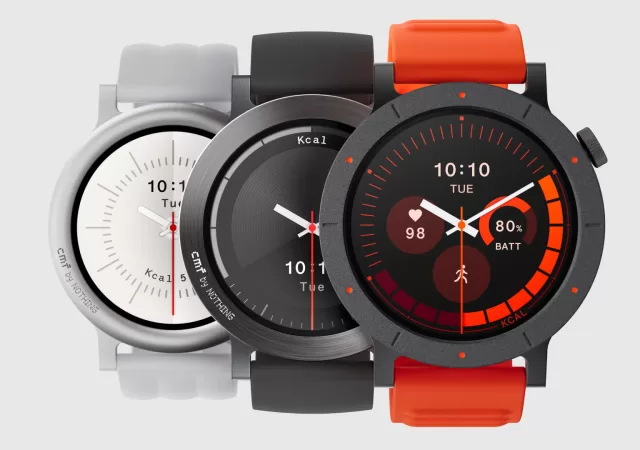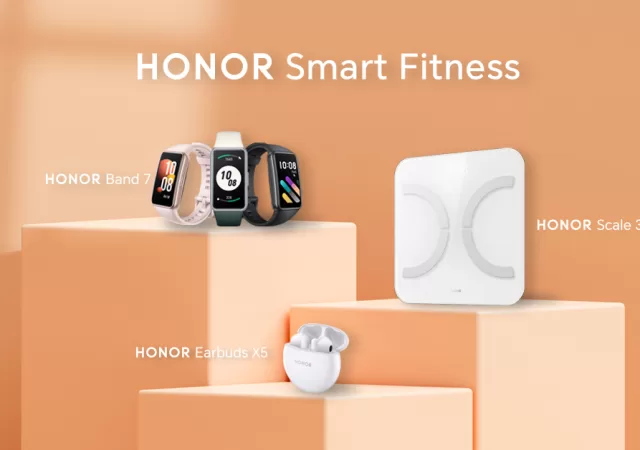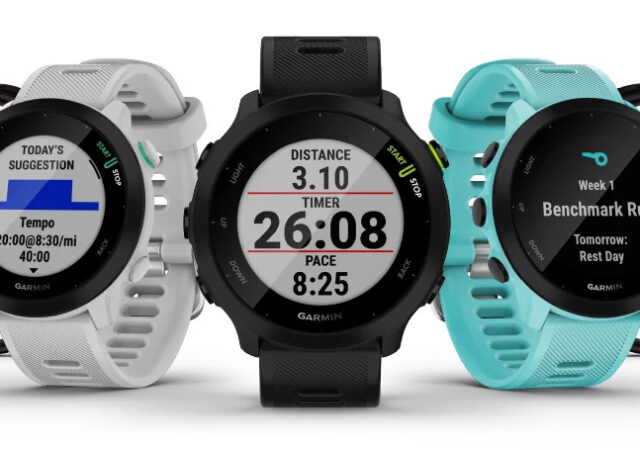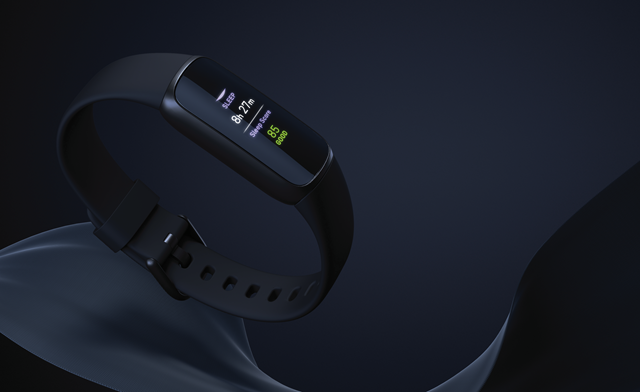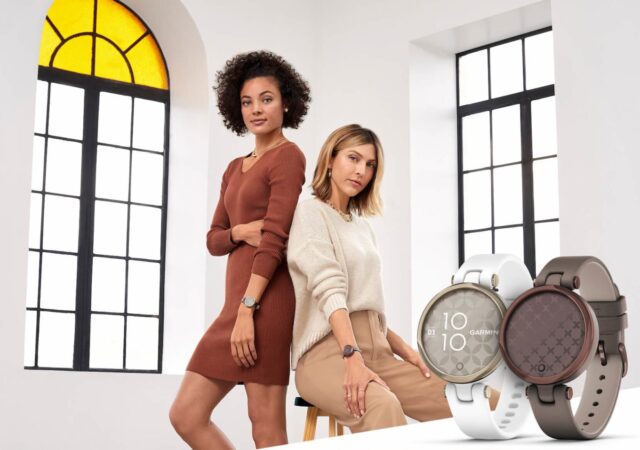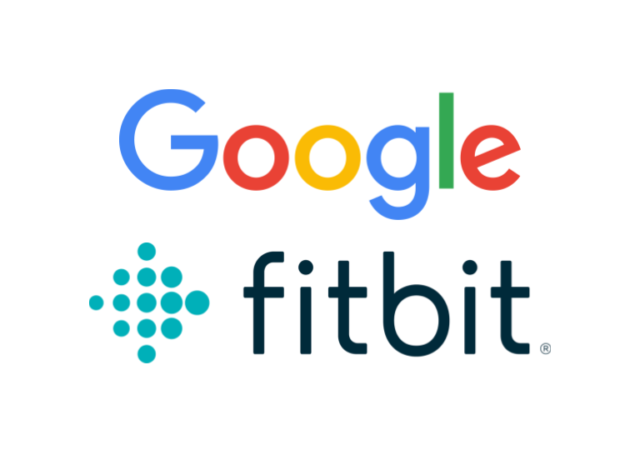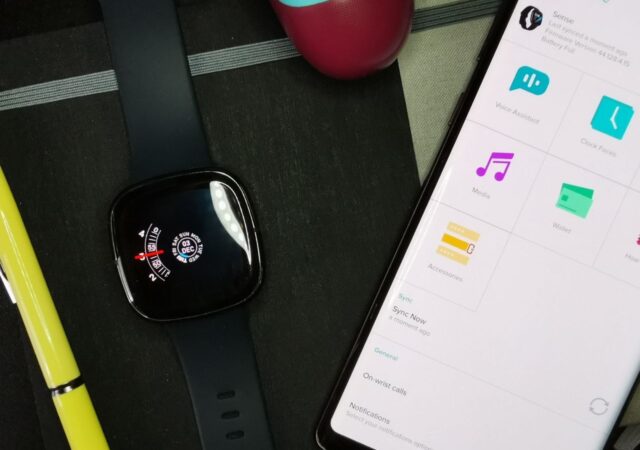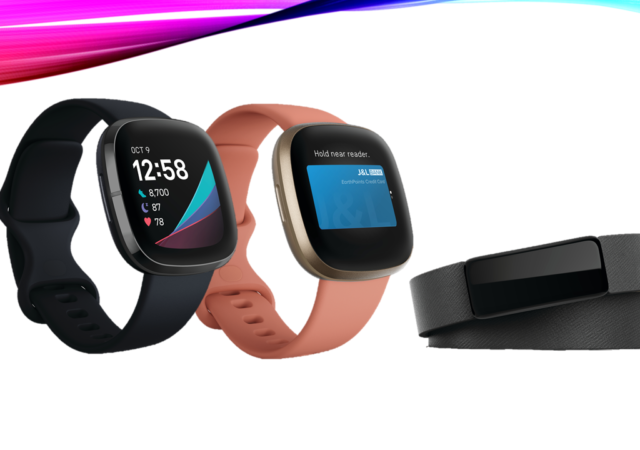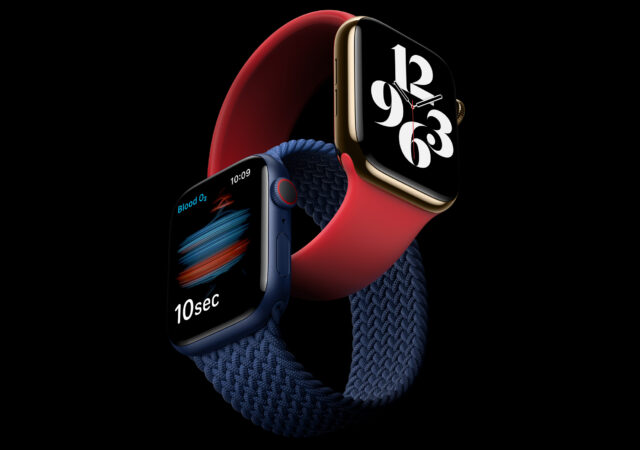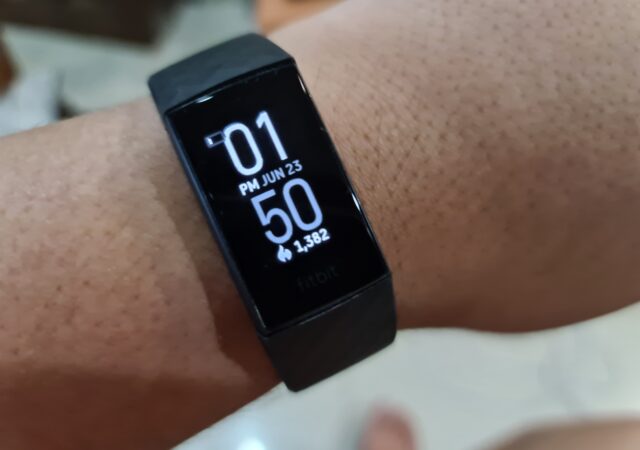Nothing launches the CMF Watch 3 Pro, a new addition to their sub-brand.
Bring Some HONOR into Your Fitness Routine With Three New Health Products
HONOR announces a trio of devices geared to help users get in shape! Keep a close eye on your sleep and fitness with the HONOR Band 7 and Scale 3 while tuning out the noise with the Earbuds X5.
Garmin Launches the Forerunner 55 in Malaysia for MYR 960
Garmin launches the Forerunner 55 in Malaysia. The new fitness tracker for runners with 5 ATM water resistance retails for MYR 960.
Fitbit Unleashes A Fashionable Tracker with the Fitbit Luxe
Fitbit has always been a company that has focused on being functional wearable; putting fitness and health tracking before form and style. However, with the new Fitbit Luxe, they’re turning that approach on its head. The Fitbit Luxe takes a…
Garmin Announces the Garmin Lily, A Smartwatch for Women
Garmin announces its first smartwatch for women, the Garmin Lily, complete with all the features you want in a smartwatch.
It’s Official; Fitbit is now Google’s. What Does This mean?
Fitbit is now officially acquired by Google. The acquisition is part of Google’s bid to complete its manufacturing capabilties.
The Fitbit Sense In-Depth Review – The Shinier Versa
The Fitbit Sense was introduced together with the Fitbit Versa 3 with new functions and design. Is it any good for MYR 1,498?
Fitbit Unleashes the Sense, Versa 3 and Inspire 2 in Malaysia
Fitbit releases three new wearables in Malaysia ushering a new generation of fitness centric wearables imbued with features to empower fitness.
Apple Watch Series 6 and SE Launches With Blood Oxygen Level Sensor
Apple just launched their brand-new Apple Watch Series 6 and Apple Watch SE with prices starting from MYR 1,749 and MYR 1,199 respectively.
A Week with the Fitbit Charge 4 -Making Sense of Fitness
The Fitbit Charge 4 is an amazing device, but the metrics it provides can be daunting. So, over the course of a week, we decided to try to make sense of it all.



